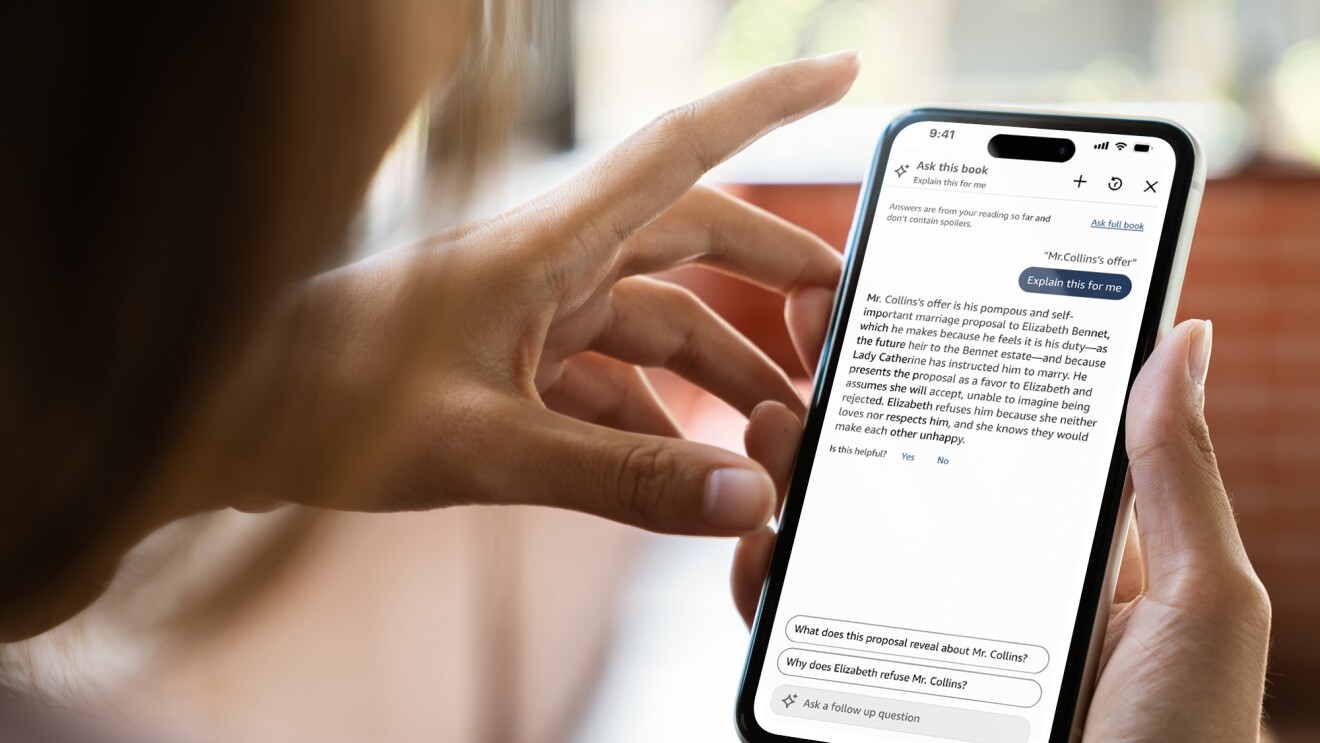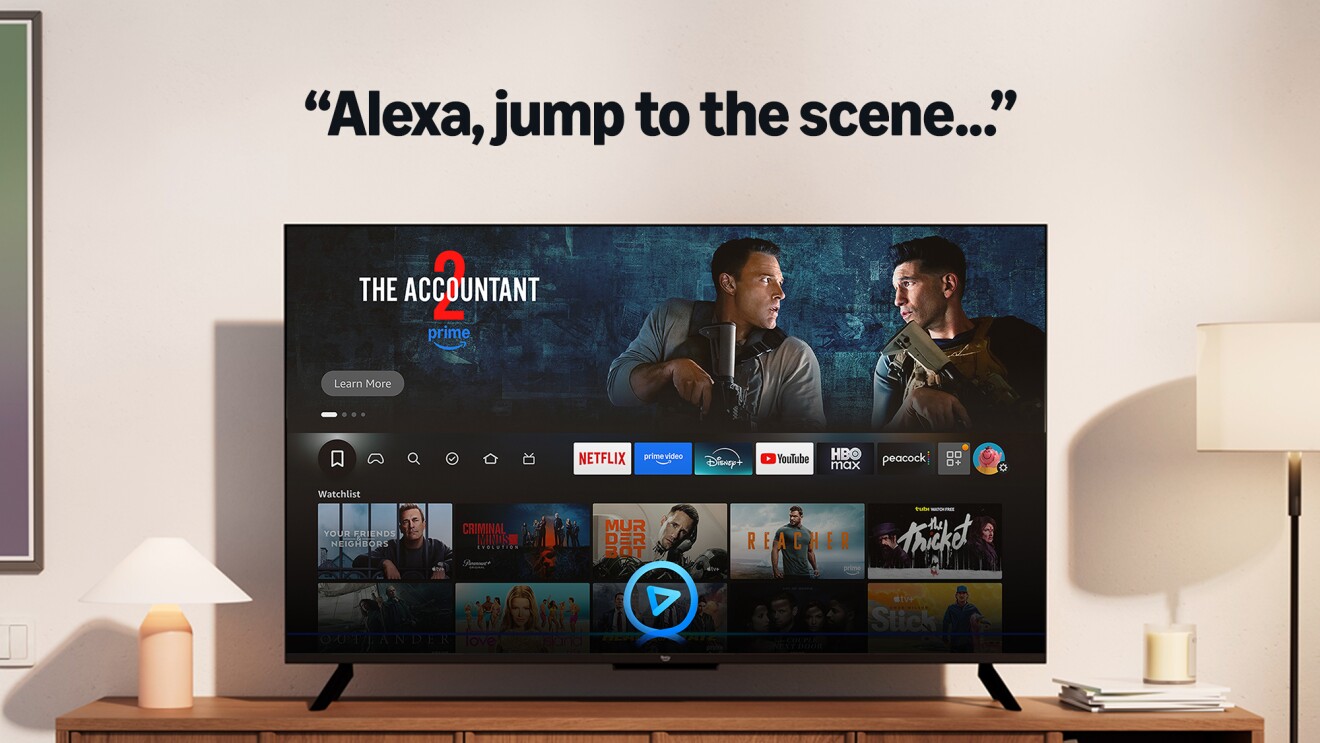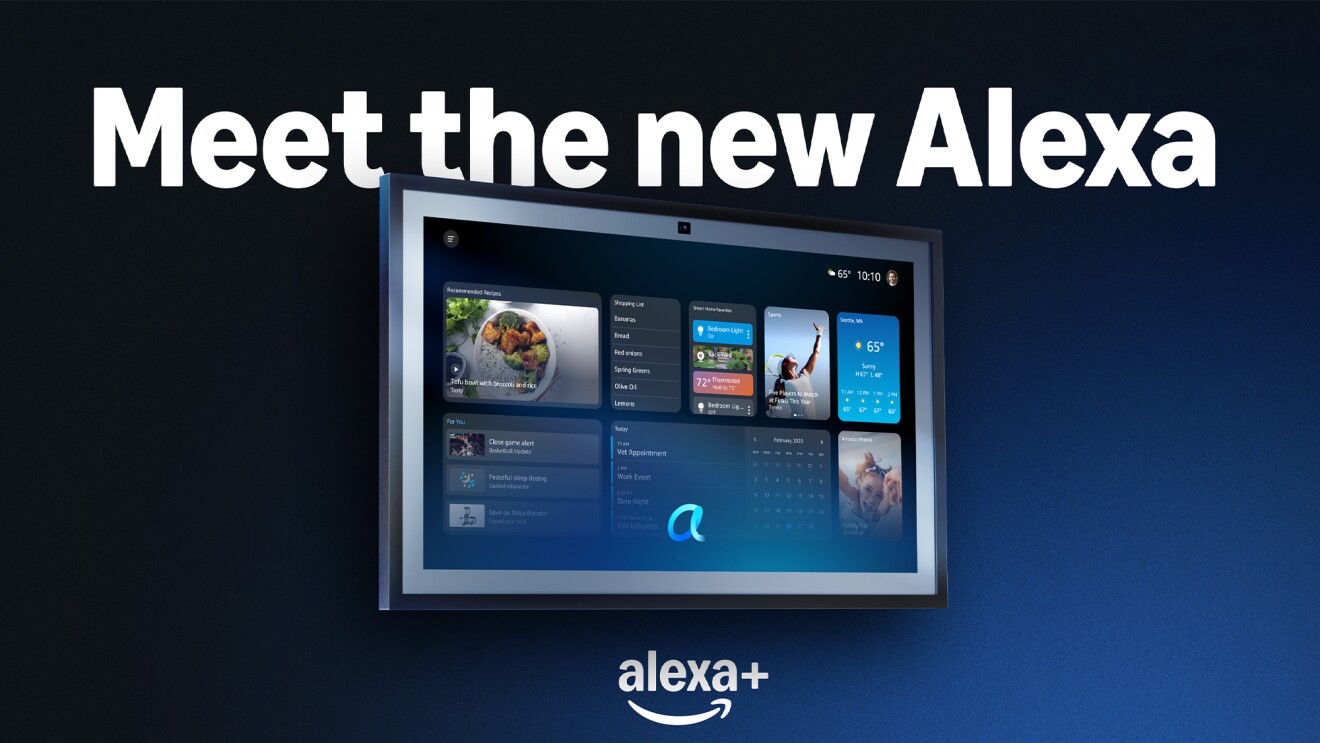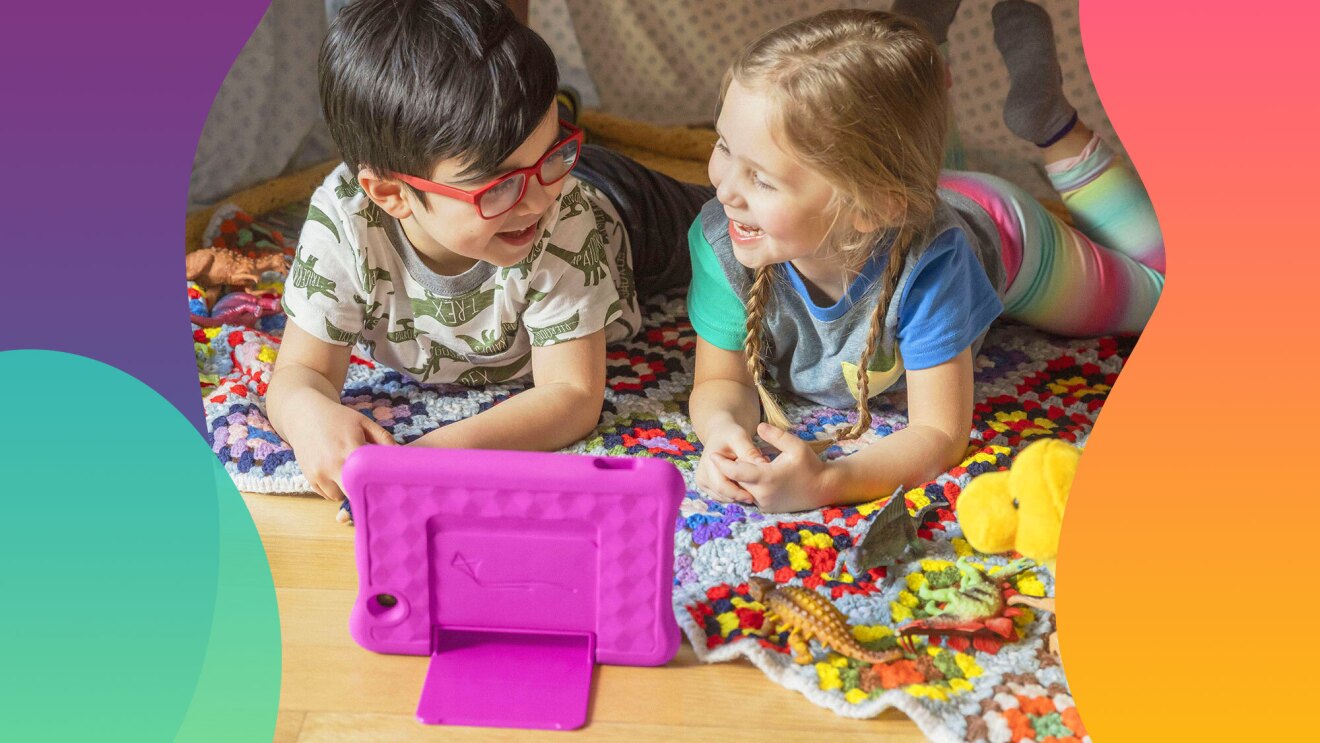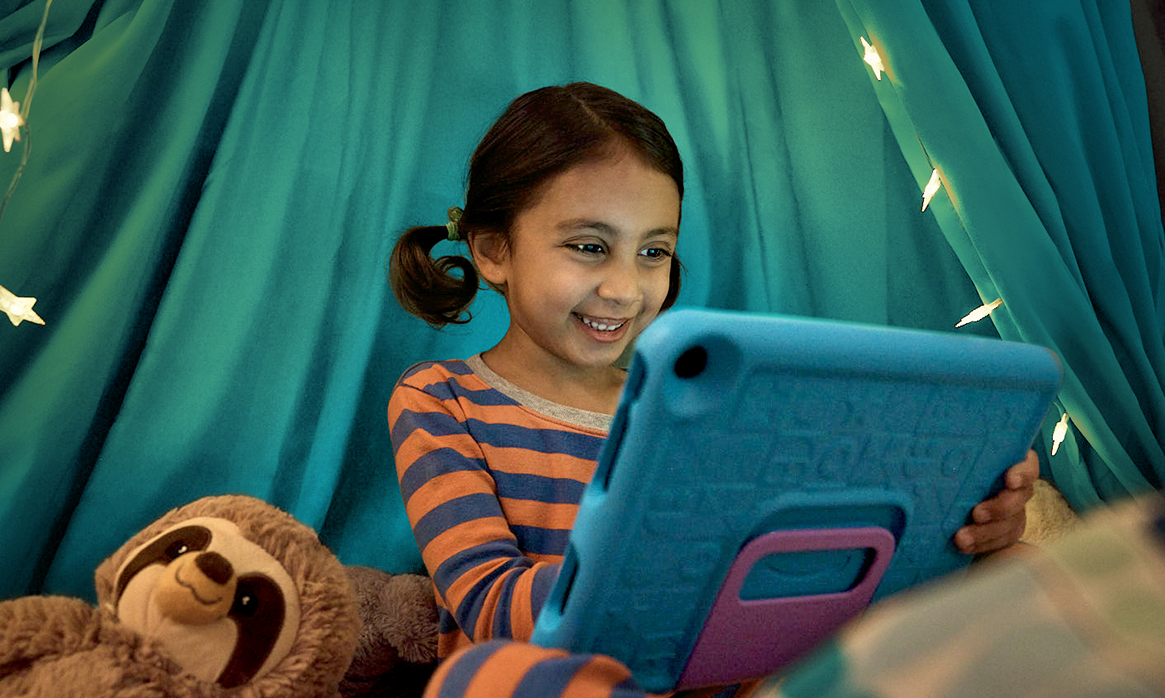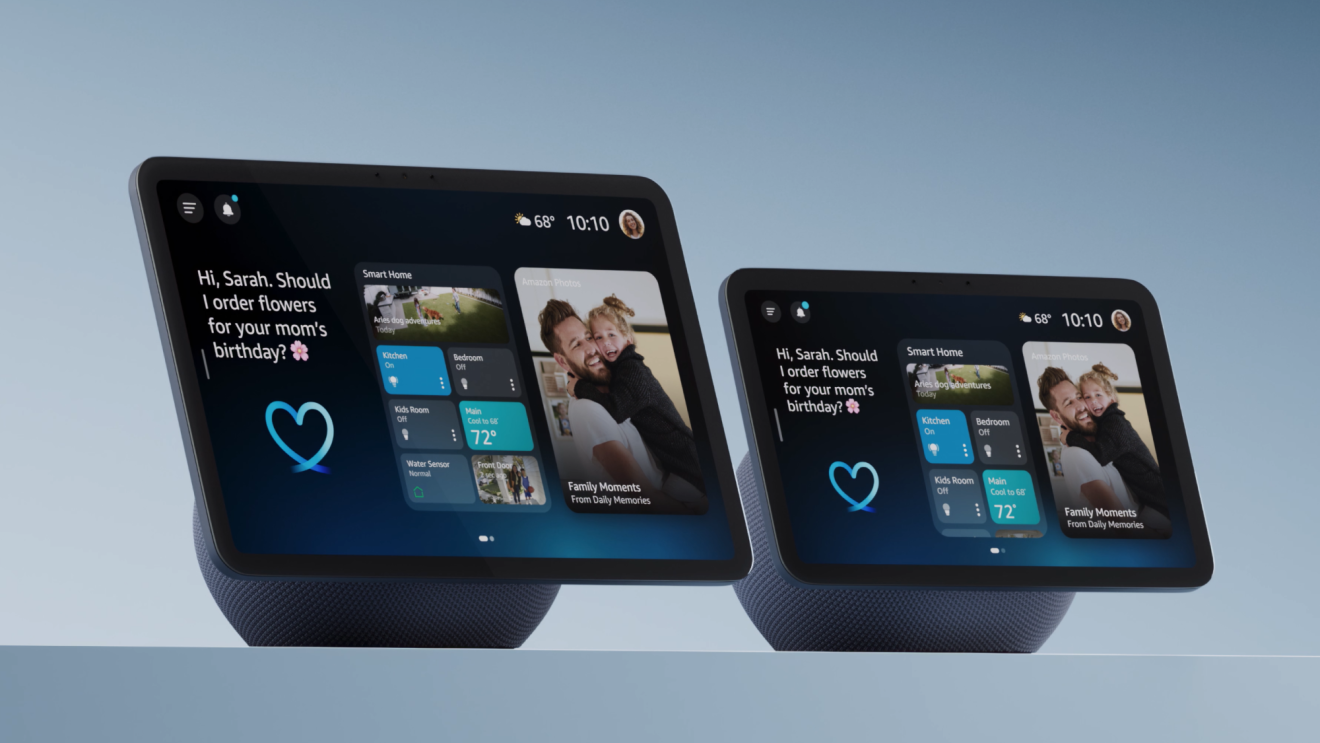Customers love Alexa’s voice, but we know that customers also love and have fun with other voices too. Every time we’ve brought celebrities together with Alexa—jokes from Jimmy Fallon, morning greetings from Chelsea Handler, duets with Ed Sheeran—it's delighted our customers. The same can be said for our first celebrity voice, Samuel L. Jackson. That’s why we’re making it even more natural and intuitive to bring Samuel’s iconic voice to your Alexa-enabled device.

Today, we are launching a new celebrity wake word experience for customers that makes interacting with the Samuel L. Jackson celebrity voice much easier. Now you can simply say, “Hey Samuel,” to ask for jokes, weather, and more. We listened to our customers, added more of the explicit content they wanted, and refreshed some of our customers' favorite questions for Sam, giving you even more of Sam’s signature style on your device. And we’re making it available at the introductory fee of just $0.99.
To get started just say, “Alexa, introduce me to Samuel L. Jackson,” and choose the, “Hey Samuel,” wake word. You can switch between existing wake words, like "Alexa" and "Hey, Samuel" interchangeably without having to change any settings, giving you even more options to get the most out of your Alexa enabled-device. You can find some more fun things to try with “Hey Samuel” here.
It’s just that simple.

Easier said than done
With this new experience and the advent of using multiple wake words interchangeably, you may wonder how exactly this tech works. How can your Echo understand when you are attempting to talk to Samuel L. Jackson as opposed to speaking with a family member sitting across the room? The answer goes back to the development of the first Echo device and Alexa voice service, specifically one area of invention: far-field speech recognition.
While others had done far-field technology before, it was very expensive and designed primarily for commercial use. A team of engineers and scientists found a way to implement this technology on a device that could sit on your kitchen counter, perform with high accuracy, and respond naturally in conversation.
Far-field involves detecting when a customer says the wake word and separating the customer’s words from other noises in the environment, including background speech. Easy, right? Not so fast. Far-field speech recognition has proven to be a difficult science challenge for a number of reasons—the inherently noisy home environment, differing usage and location of devices between households, and accent and speech variation between customers, just to name a few.
So when is Alexa listening?
Alexa and Echo devices are designed with your privacy in mind. When you want to talk to Alexa, or now Samuel L. Jackson, you have to first alert your device by saying the wake word. We accomplish this through on-device wake word detection, which inspects acoustic patterns in the surrounding environments (for example, your kitchen) to detect the wake word. Only after your Echo device detects the wake word—or you press the action button on the device—does the device send your request to Amazon’s secure cloud where it is processed and stored. You’ll always know when Alexa is listening to your request because a light indicator will appear on the device or an audible tone will sound.
When an Echo device detects the wake word, it streams the audio to the cloud, where the cloud’s more powerful processing capabilities verify the wake word. If the cloud verification does not also detect the wake word, your device stops processing the audio and ends the audio stream to the cloud. Otherwise, Alexa will continually attempt to determine when your request has ended and then immediately end the audio stream.
Customer promise
When we launched Alexa in 2014, we made the promise to customers that we would continue to improve the service every day. We have lived true to that promise by making each component of Alexa’s AI more accurate. Wake word is no exception. We have a team of world-class scientists and engineers dedicated to continually improving our wake word detection technology. As customer interactions with Alexa have increased to billions of times per week, we continue to invest in improving our wake word detection technology and have seen a 50% decrease in unintended wakes globally in the last year alone.
Amazon designs Alexa and Echo devices with multiple layers of privacy protection. From microphone and camera controls to the ability to view and delete your voice recordings, you have transparency and control over your Alexa experience.
We’re constantly improving our wake word technology, and our researchers continue to focus on a number of interesting innovations aimed at enhancing the customer experience.
Trending news and stories


